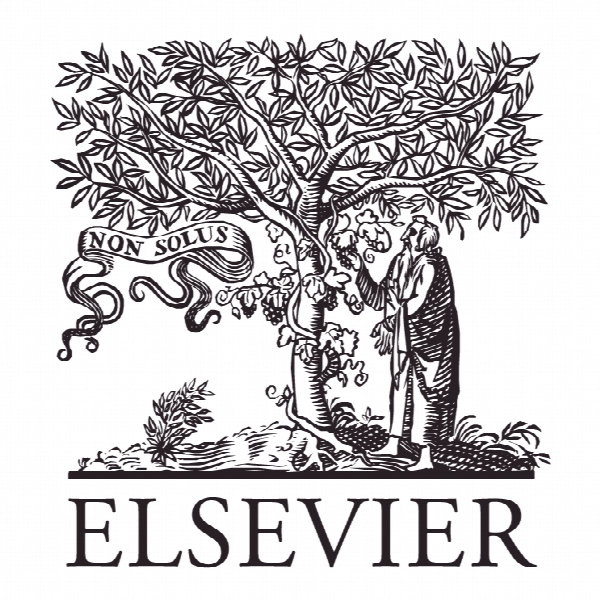تعامل کارکردی بین سیگنالینگ ملاتونین و RNA های غیر کدومی Functional Interaction between Melatonin Signaling and Noncoding RNAs
- نوع فایل : کتاب
- زبان : انگلیسی
- ناشر : Elsevier
- چاپ و سال / کشور: 2018
توضیحات
رشته های مرتبط پزشکی
گرایش های مرتبط غدد و متابولیسم
مجله روندها در غدد درون ریز و متابولیسم – Trends in Endocrinology & Metabolism
دانشگاه Chang Gung Memorial Hospital – Keelung – Taiwan
شناسه دیجیتال – doi https://doi.org/10.1016/j.tem.2018.03.008
منتشر شده در نشریه الزویر
گرایش های مرتبط غدد و متابولیسم
مجله روندها در غدد درون ریز و متابولیسم – Trends in Endocrinology & Metabolism
دانشگاه Chang Gung Memorial Hospital – Keelung – Taiwan
شناسه دیجیتال – doi https://doi.org/10.1016/j.tem.2018.03.008
منتشر شده در نشریه الزویر
Description
Introduction ncRNA In light of the recognized importance of protein molecules in mediating biological functions, RNA was considered originally as merely an intermediate molecule for passing the genetic code from DNA to final protein products, as proposed in the central dogma of molecular biology. This notion was later challenged when an enormous number of ncRNAs were discovered and their significance became increasingly clear (Table 1). Recent advances in sequencing technologies have revealed that at least 70% of the human genome is transcribed into RNA while only less than 2% encodes proteins [1,2]. This has resulted in a paradigm shift in our understanding of the potential impact of the noncoding transcriptome (see Glossary) [3]. Some of the ncRNAs are constitutively expressed in all cells and essential for fundamental aspects of cell biology, thus being known as housekeeping ncRNAs. Housekeeping ncRNAs include small-sized transcripts such as tRNA for carrying amino acids, small nuclear RNA (snRNA) for RNA splicing, and small nucleolus RNA (snoRNA) for RNA modification as well as large-sized transcripts, such as rRNA for protein translation. In addition to the housekeeping ncRNAs, another functionally distinct category of ncRNAs whose primary function is to regulate gene expression is referred to as regulatory ncRNAs. Based on an arbitrary length cutoff of 200 nucleotides, regulatory ncRNAs are roughly divided into small ncRNAs and long ncRNAs (lncRNAs). Depending on the size, biogenesis, action, and targets with which they are associated, small ncRNAs can be further classified into several subgroups including miRNAs, endogenous siRNAs (endo-siRNAs), P elementinduced wimpy testis (PIWI)-interacting RNAs (piRNAs), and many others [4]. miRNAs, endo-siRNAs, and piRNAs often employ their sequences in a complementary manner to silence the expression of their target genes. Nevertheless, lncRNAs can act through genomic targeting, regulation in cis (affecting adjacent genes) or trans (affecting distant genes on different chromosomes), epigenetic mechanisms, and antisense interference to up- or downregulate gene expression due to not only primary sequence similarity but also the formation of secondary structures [5]. Unlike the housekeeping ncRNAs, the expression of these small ncRNAs and lncRNAs is highly regulated in different cell types or at different stages during development. Given the lengthy list of novel ncRNA classes and their extensive regulatory roles, for a discussion of a complete repertoire of the ncRNA transcriptome and their functions the reader is directed to other reviews [3,4].


